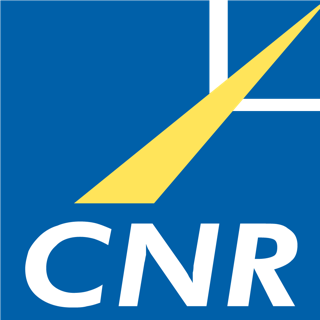The Estonian road freight transport sector - 2019
International activity accounts for almost two thirds of the Estonian sector’s total activity. This activity is primarily focused on Scandinavian countries and Finland in the West (via ferry crossings), but also on Russia in the East. Thanks to the cultural and linguistic affinity of a majority of Estonians with Finland and, to a lesser extent, with Russia, the sector acts as a bridge between these two geographical areas. However, its geographical location means that its mileage figures are lower; ferry crossings are time consuming and driving in Russia involves lower speeds than in the EU. According to official statistics, international activity has fallen sharply since its peak in 2016, a decrease of -37% over three years.
Since Estonia joined the European Union, the basic minimum wage has been increased fourfold, meaning an average annual growth rate of 8.5% over 17 years. The simplification of social security contributions and the introduction of a flat income tax, virtually non-existent corporate taxation, significantly higher wages in the RFT sector following a very basic collective agreement: these are some of the distinguishing features of the Estonian sector. Relatively high driver costs (26,000 € per year for an average mileage of 116,000 km) are offset by the low cost of tolls and fuel; thanks to the ability to fill up in Russia, the sector’s fuel costs are 0.8943 €/l according to the average “fuel shopping basket" calculated by CNR.
Overall, the Estonian pavilion has a cost per kilometre of 0.90 €. This is higher than in its Latvian and Lithuanian neighbours but in line the average for Central European sectors.
CNR invites you to discover this new study which brings details on Estonian RFT with operating conditions in 2019.

